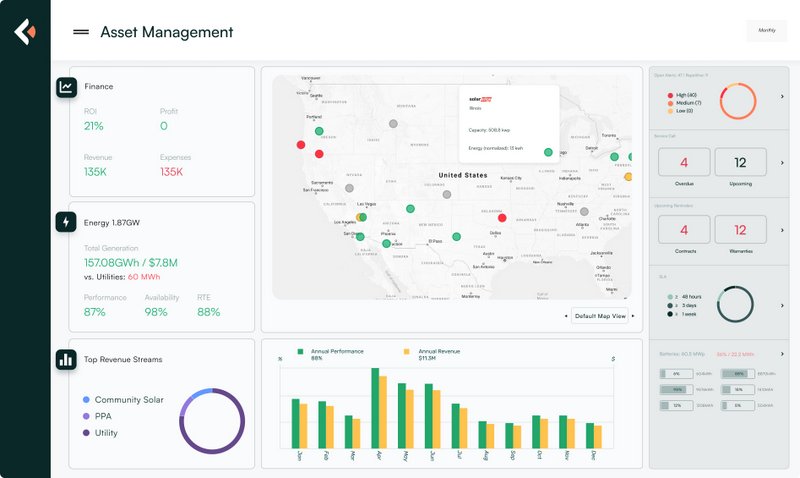How to Protect PV Systems From the Worst Weather
When mounting solar modules to any roof, installers must ensure that the mounting products they select will maintain the integrity of the roof without voiding roofing manufacturers’ warranties.
“An installer should use only code-compliant products, while employing proper flashing techniques and following roofing industry best practices,” says Jason Xie, VP with Magerack Corp. “By using only products that create a watertight, impermeable seal, moisture and leaks will not be a concern.”
The numbers are clear, according to Spies and Menton: A small 1 percent leak rate after 10 years equates to 30 to 50 percent of your PV installation leaking, and the cost to remove and reinstall an array to replace the roof underneath ranges between 20 to 40 percent of the cost of a brand-new system. Proper waterproofing, even spending more upfront, should theoretically extend the life of the system.
“Typically, it is advisable to install new shingles or tile underlayment on any roof that is more than five to 10 years old prior to array installation and use quality flash mounts that can last the life of the PV array and new roof,” Spies says. “System owners that make this investment will be rewarded with considerably lower cost of ownership and lower cost per kWh over the life of the PV system.”
Barry Cinnamon, CEO of Spice Solar, says that flash mounts have had the biggest impact on all composition shingle roofs as they almost completely eliminate the possibility of leaking around roof mounts.
“I have yet to see any roof leaks at all on composition roofs that used flashed roof mounts — regardless of the flashing manufacturer or flashing design,” Cinnamon says.
Verros noted an even more recent trend that “a lot of market entrants are coming up with solutions to shed rain and snow for carport applications,” due to the rising popularity of carport installations.
Failure to use base flashing at the underlayment level on tile roofs is still a common problem, particularly in Southern California, according to Spies and Menton. “On asphalt shingle roofs, uninformed installers often fail to slide the flashing up high enough to get the upper edge above the third course of shingles. Failure to slide the flashing up high enough will increase the likelihood of leaks as keyway areas may allow water to flow under the upper edge of the flashing.”




